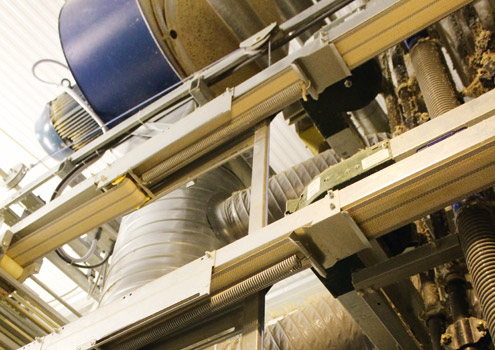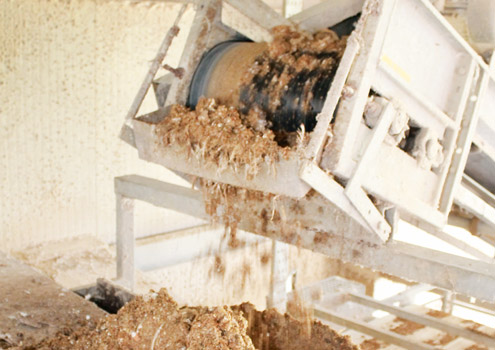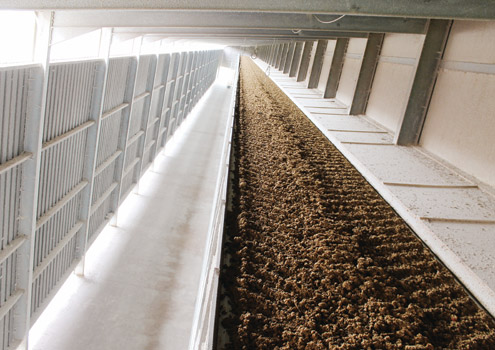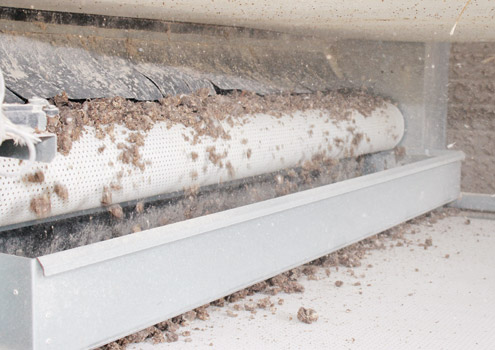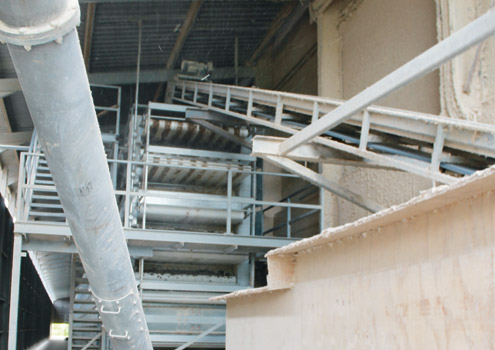Adding value to poultry manure
For most egg producers, chicken manure is a wet and smelly waste product that attracts flies, has limited value and causes problems with the neighbours.
But for Paul Crocker, who farms about 600,000 intensive layers at his Landshire business in north Dorset, it is a valuable asset that has the potential to earn a useful extra buck.
“Being a poultry farmer has become increasingly challenging in recent years as local residents’ expectations of rural areas and the countryside grow; smells and flies are no longer tolerated,” he says. “In order to be a good neighbour and minimise our environmental impact, when we invested in new colony units four years ago, we also put in manure dryers alongside the new sheds.”
Mr Crocker believes he is the only egg producer in the UK to have gone down this route, having first seen the dryers in Italy. It’s an expensive business, adding an estimated 20% to the build costs of the new units.
But the benefits are significant. “Other, larger businesses may have a full-time environmental officer to deal with complaints. We’re not big enough for that. But since installing the dryers we have not had a single smell complaint.”
While flies are almost eliminated, the ammonia emissions from the poultry sheds are reduced by about 90%. “There is no smell and it’s much better for the environment.”
Mr Crocker also says it puts him ahead of the game with the Environment Agency. “I believe that, in time, they will start benchmarking manure handling and it could become a condition of IPPC permits. Retrofitting these dryers is a lot more difficult than new build. It could add 30% to 40% to costs.
“In my opinion, every poultry unit should have these drying tunnels. They help raise the image of modern production and take away one more thing that people can hit us with. They save us a lot of hassle.”
Manure drying in action
There are four manure driers at Landshire – three Big Dutchman units and one Techno unit – which run along the outside of each 150m poultry shed.
Hot air is collected at the top of each house, which contain 120,000 birds in enriched cages stacked 10 high. Big centrifugal fans blow this warm air through perforated tubes along the manure belts under each row of cages. This initial drying brings the manure moisture down from 75% to 65%.
The manure is taken out of the shed each day and elevated to the top of the dryers. The Big Dutchman units are made up of 14 layers of conveyor belts, one on top of the other, with small perforations to allow air flow. The Techno drier is narrower and consists of 22 stacked belts.
Hot air from inside the sheds is then forced sideways through 22 sealed fan units across the belts of each dryer to further reduce moisture levels from 75% to just 12-15%.
The manure is on the belts for three to four days, with some 12t of dried manure collected from one drying unit each day.
“The system is really efficient as it uses the body heat of the chickens, which would normally be vented into the atmosphere, to dry the muck,” says site manager Alan Watson. “We used to spend a fortune on fly control, but now the problem is taken care of.”
The dried manure is then augered into a store, from where it is sold as a fertiliser to local arable farmers, fetching between £30-40/t. A typical analysis gives 4.8% nitrogen, 2.2% phosphorous and 3.1% potassium.
It also has the potential to be used as a feedstock for anaerobic digestion – being easier to handle and smell free.

